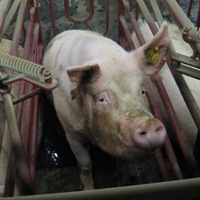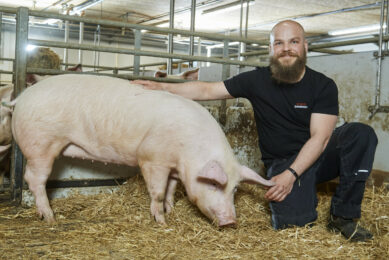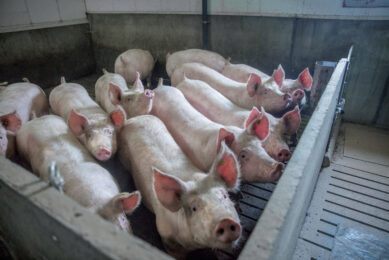Economist: Hog Industry predictions for 2009

Since 2007, the US pork industry has been in a sustained period of losses as costs soared from rising feed prices. As a result, the US breeding herd has been in a period of reduction during the last-half of 2008, writes Purdue University Economist Chris Hurt.
Prospects for a return to profits are based upon some moderation in feed prices from record levels in 2008 and to somewhat higher hog prices as pork production drops about 1 to 2% in 2009.
“Hog producers continued to reduce the size of the breeding and market herd by 2% according to USDA’s December inventory report. The breeding herd has been below year-previous levels since June 2008.
“More importantly, fall farrowings were down 6% and winter and spring intentions are reduced 2 to 3%. The related pig crops are not down as much because the number of pigs per litter continues to set new records. Pigs per litter for 2008 increased to 9.4, or by 2%, the largest annual increase since 1996. As a result, the pig crop for the past fall was only down 4%,” notes Hurt.
Hurt predicts that slaughter supplies are expected to be down about 2% in 2009, with the largest percentage drop of 4% coming in the second quarter. Total pork production is expected to be down 1 to 2% due to somewhat heavier weights in 2009 resulting from higher hog prices and lower feed costs.











